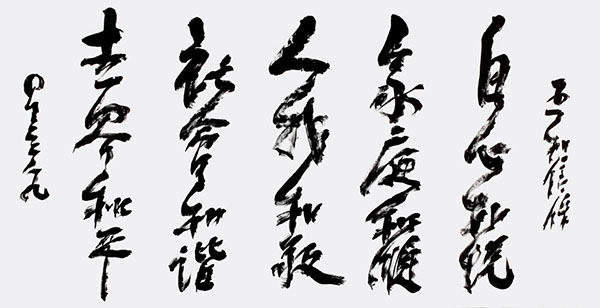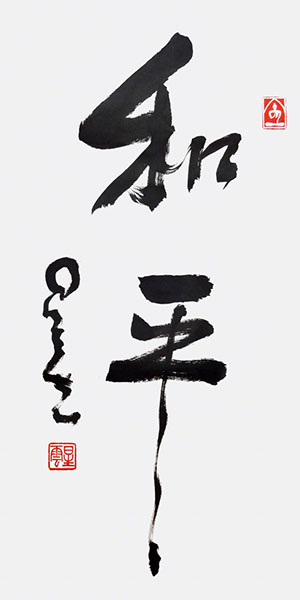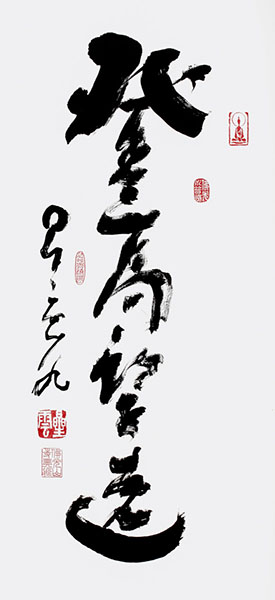

In the late stages of his life, venerable master Hsing Yun, founder of the Fo Guang Shan Monastery in Kaohsiung, Taiwan, suffered from deteriorating eyesight.
He was a calligrapher, and finding it difficult to estimate space between characters, created the practice one-stroke calligraphy — completing a character in a single stroke.
Examples of Hsing Yun's one-stroke calligraphy are part of an exhibition at the National Museum of China, in memory of the monk, who was an influential figure in promoting peaceful reunification and exchange across the Taiwan Strait.
Star and Cloud is hosted by the National Museum of China and the Fo Guang Shan Foundation for Buddhist Culture and Education. It is a collection of Hsing Yun's calligraphy, manuscripts, letters, and images, which illustrate his accomplishments in education, culture, and charity.
Born as Li Guoshen in 1927 in Jiangsu province, Hsing Yun graduated from the Jiaoshan Buddhist Seminary in 1947 and then moved to Taiwan, where he taught Buddhism.
He passed away in the monastery at the age of 95 in 2023.
The exhibition includes a recreation of his former study, with two life-size statues, one of him seated and another standing, and is intended to usher visitors into his spiritual realm.
The exhibition ends on Dec 25.

